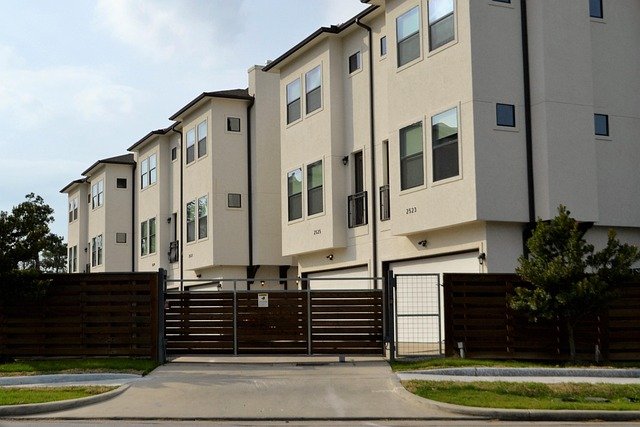Title: Micro-Apartments: The Next Big Thing in Urban Real Estate
Introduction: In a world where urban spaces are becoming increasingly cramped and expensive, a new trend is emerging in the real estate market: micro-apartments. These compact living spaces, typically ranging from 150 to 400 square feet, are reshaping city living and challenging traditional notions of what constitutes a home. With 54% of the world's population now residing in urban areas, and that number expected to rise to 68% by 2050, micro-apartments are poised to become a significant player in the housing market.

Economic Drivers Behind the Trend
The surge in micro-apartment developments is largely driven by economic factors. In many urban centers, housing costs have skyrocketed, outpacing wage growth. For instance, in New York City, the median rent for a one-bedroom apartment has increased by 25% in the past decade, while average salaries have only grown by 10%. Micro-apartments offer a more affordable entry point into desirable neighborhoods, allowing young professionals and first-time buyers to live in prime locations without breaking the bank.
Design Innovations in Micro-Living
Architects and designers are rising to the challenge of creating livable spaces in minimal square footage. Innovations include murphy beds that transform into desks during the day, kitchens that fold away when not in use, and movable walls that can reconfigure spaces on demand. Some developers are even incorporating shared amenities like communal kitchens, lounges, and workspaces to complement the private micro-units, fostering a sense of community among residents.
Target Demographics and Market Potential
While micro-apartments initially catered primarily to young, single professionals, their appeal is broadening. Empty nesters looking to downsize, frequent travelers seeking a pied-à-terre, and environmentally conscious individuals aiming to reduce their carbon footprint are all potential micro-apartment dwellers. Market research suggests that the global micro-apartment market could grow at a CAGR of 10% between 2021 and 2026, indicating significant investment potential in this niche.
Regulatory Challenges and Zoning Issues
Despite their growing popularity, micro-apartments face regulatory hurdles in many cities. Minimum size requirements for residential units, parking mandates, and outdated zoning laws often impede development. However, some forward-thinking municipalities are adapting. For example, Seattle has relaxed its minimum size requirements for apartments in certain zones, paving the way for micro-unit developments. As the housing crisis intensifies in many urban areas, more cities may follow suit, recognizing micro-apartments as a viable solution to density and affordability issues.
Impact on Urban Planning and Infrastructure
The proliferation of micro-apartments could have far-reaching effects on urban planning and infrastructure. Higher density living may lead to increased strain on public transportation systems and utilities. Conversely, it could also promote more walkable neighborhoods and reduce overall energy consumption per capita. Urban planners and policymakers are grappling with these potential impacts, seeking to balance the benefits of increased housing stock with the need for sustainable urban development.
Investment Opportunities in Micro-Real Estate
For real estate investors, micro-apartments present an intriguing opportunity. While the per-unit cost may be lower, the potential for higher returns on investment is significant. In cities like Hong Kong and Tokyo, where micro-living is well-established, these units often command higher per-square-foot rents than larger apartments. Additionally, the flexibility of micro-units allows for easier conversions between short-term and long-term rentals, providing investors with multiple revenue streams.
The Future of Urban Living?
As cities continue to grapple with housing shortages and affordability crises, micro-apartments may transition from a niche market to a mainstream housing option. The success of this trend will depend on several factors, including regulatory support, innovative design solutions, and shifts in societal attitudes towards space and ownership. While not without challenges, micro-apartments represent a creative response to urban housing needs, potentially reshaping the landscape of city living for generations to come.
In conclusion, micro-apartments are more than just a passing fad in the real estate market. They represent a fundamental shift in how we conceive of urban living spaces, driven by economic necessity and enabled by innovative design. As this trend continues to evolve, it will undoubtedly present both challenges and opportunities for developers, investors, and city dwellers alike. The micro-apartment phenomenon is a testament to the real estate market’s ability to adapt to changing demographic needs and economic realities, potentially heralding a new era in urban housing.





